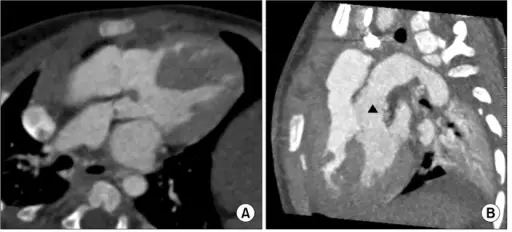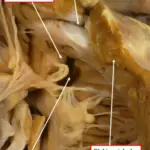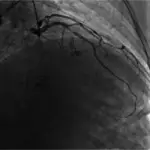Transposition of the great arteries is a defect where the main pulmonary artery and the aorta’s position are switched. It is the most common cyanotic congenital defect in neonates.
What is the Pathology of Transposition of the Great Arteries?
Transposition of the great arteries results in a parallel blood circulation wherein oxygenated blood is pumped back to the lungs, and deoxygenated blood is pumped back to the body resulting in deficient oxygen supply in tissues and ventricular overload.
How does Transposition of the Great Arteries Present?
Transposition of the great arteries presents as cyanosis hours after birth. Presentation differs depending on the extent of defect: with intact ventricular septum, a progressive central cyanosis is note; with large ventricular septal defect, cyanosis becomes more prominent with crying; with ventricular septal defect and left ventricular outflow tract obstruction, presentation is the same as in tetralogy of fallot, and with ventricular septal defect and pulmonary vascular obstructive disease, there is progressive obstructive disease with a loud S2 sound.
How is Transposition of the Great Arteries Diagnosed?
Transposition of the great arteries is diagnosed with abnormal pulse oximetry findings in upper and lower extremity, hyperoxia, ABG, cardiac catheterization, chest x-ray, 2D echo, and MRI.
How is Transposition of the Great Arteries Treated?
Transposition of the great arteries treatment is to maintain ductal patency for inter circulatory mixing of blood flow with IV prostaglandin. Cardiac catheterization, balloon atrial septostomy, and mechanical ventilation may be utilized.
What is the Prognosis of Transposition of the Great Arteries?
Transposition of the great arteries prognosis is good with 90% survival after treatment.



